A tourism boom over the past three decades has made Thailand Southeast Asia’s busiest tourist hub, with 28 million visitors each year.
This poses a problem, particularly in Phang Nga Bay, near Phuket, which was so flooded with tourists that it was closed to visitors in 2018.
You can understand why young backpackers are so attracted to a country that offers sun, sea, cheap but excellent hostels, lively bars, party boats that cruise the islands to the sounds of dance music and the legendary hedonistic full moon parties.
But for a fifty-something whose private hell is a party boat, is it possible to find a corner of Thailand that hasn’t been overrun by gap year students?
Of Thailand’s 1,430 islands, you can probably only name a few. Koh Yao Yai, an island on the west coast near Phuket, is so little-known that even mainland Thais haven’t heard of it.
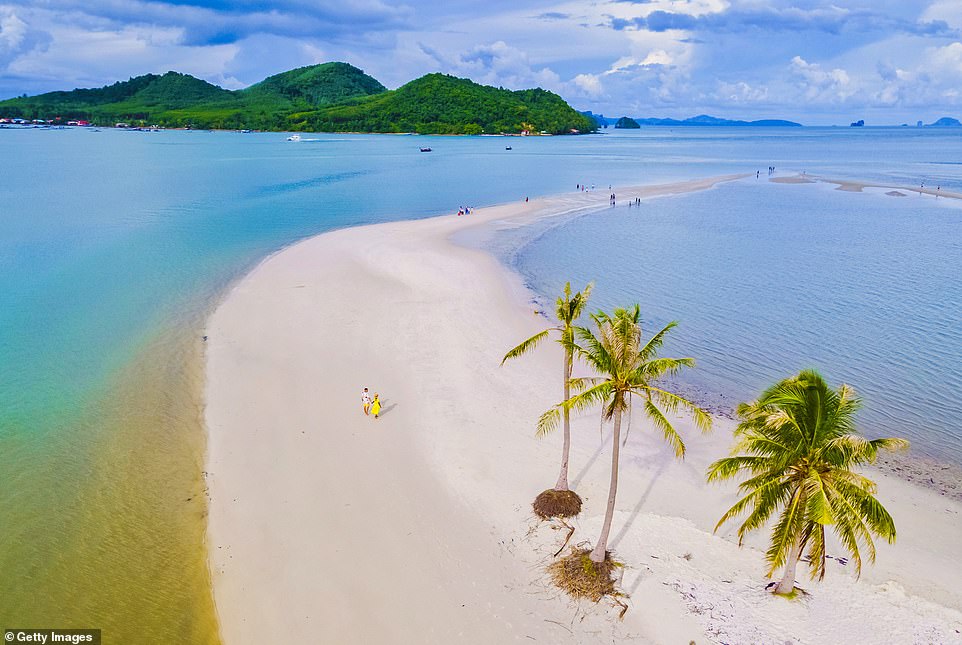
Soak it in: Fiona McIntosh travels to Koh Yao Yai, an island on Thailand’s west coast near Phuket that’s so unknown even mainland Thais haven’t heard of it. Pictured above is the most spectacular beach on the island – Laem Haad
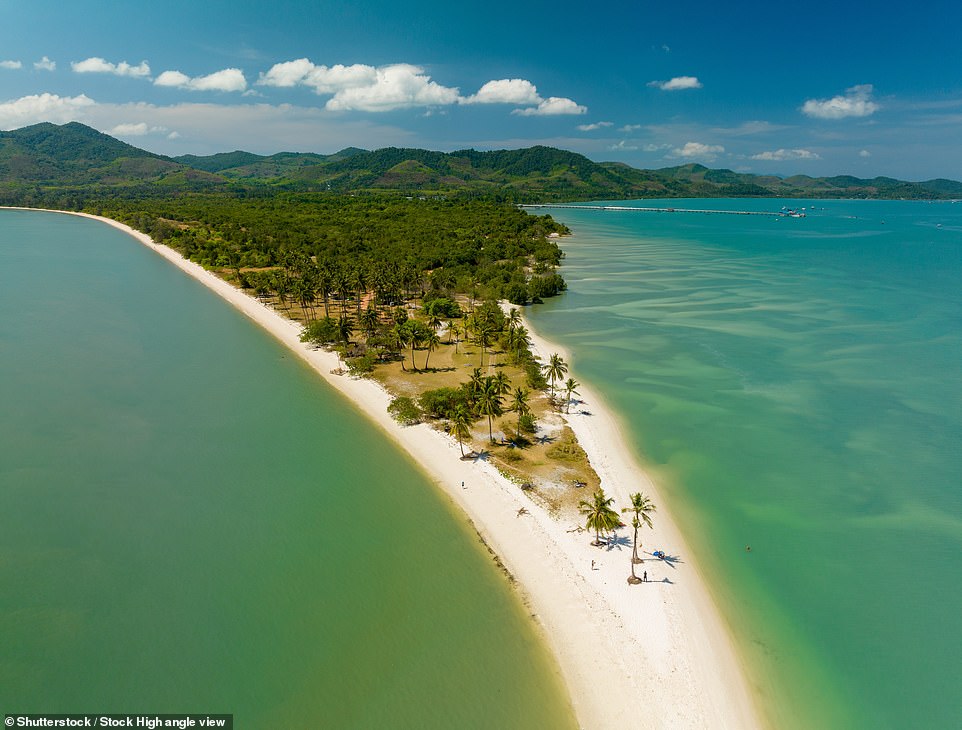

Fiona describes Laem Haad Beach (above) as a “long strip of bright white sand and coconut palms”.
While Phuket today is full of glittering resorts, mega-villas and wealthy Russians swaddled in designer clothes, all that changes as soon as you leave the pier for a bumpy boat ride across the Andaman Sea.
On the way, we pass a constellation of small islands covered in rainforest, with ribbons of sandy beach and few signs of life aside from rickety wooden fishermen’s houses.
The twin islands of Koh Yao Yai and Koh Yai Noi lie side by side, separated by a narrow stretch of water. While the latter is smaller and more developed, Koh Yao Yai from a distance resembles jungle-covered hills tumbling down to the sea.
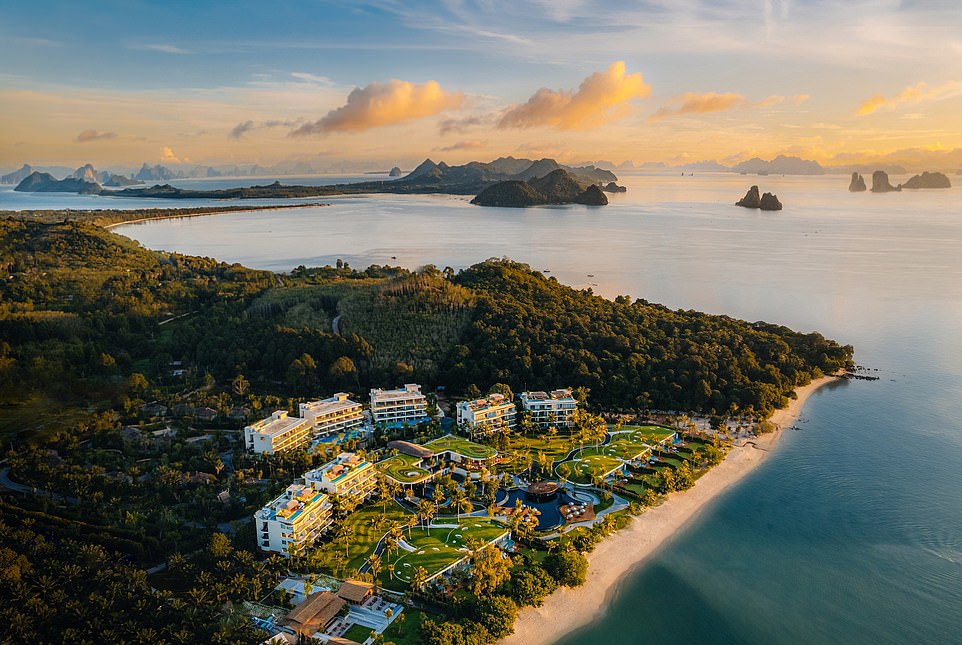

Fiona checks into Anantara Koh Yao Yai (pictured), the island’s first five-star hotel
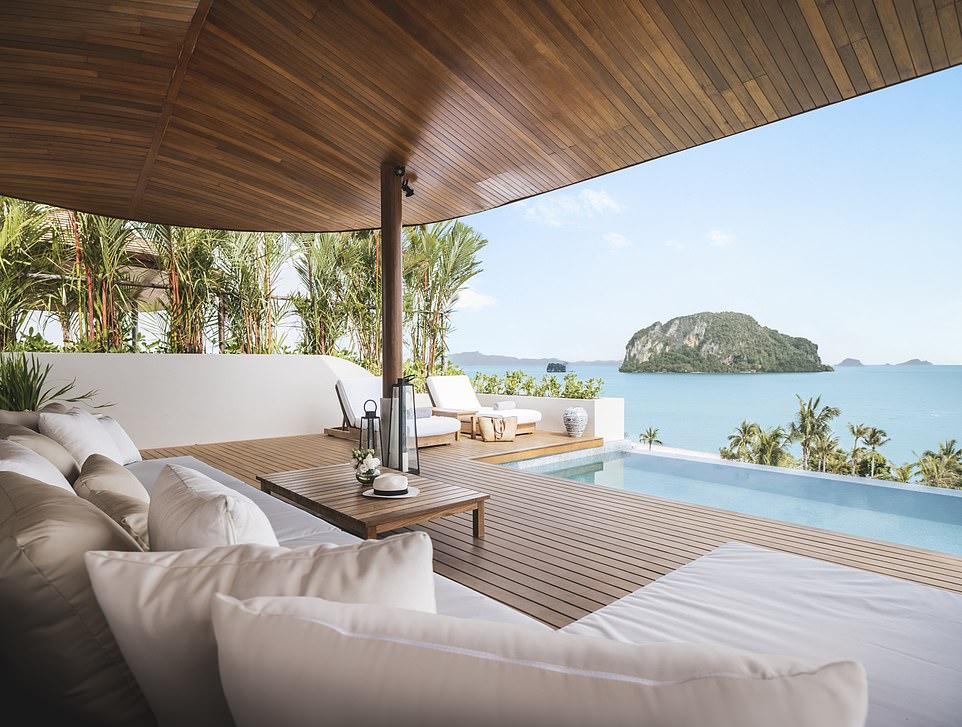

Fiona says Anantara has “all the makings of five-star luxury”. Above is one of the hotel’s lavish villas with tropical rain showers and a private plunge pool.
Just 35 minutes after leaving Phuket’s bustling pier, we arrive at the island no one has ever heard of. “Welcome to Koh Yao Yai,” our guide says as we step off the boat. “This is what Phuket looked like 40 years ago.”
The island is a thin expanse of concentrated jungle 30 km long with a handful of small rubber and coconut plantations, a few small villages and some very beautiful, very empty beaches.
As the small island’s population is 90% Muslim and many small restaurants and cafes do not serve alcohol, this means young people and party people have left it out. Koh Yao Yai is so crime-free that it doesn’t even have its own police station. As a local told us, you can leave your moped on the side of the road with the keys in the ignition and it will still be there when you return.
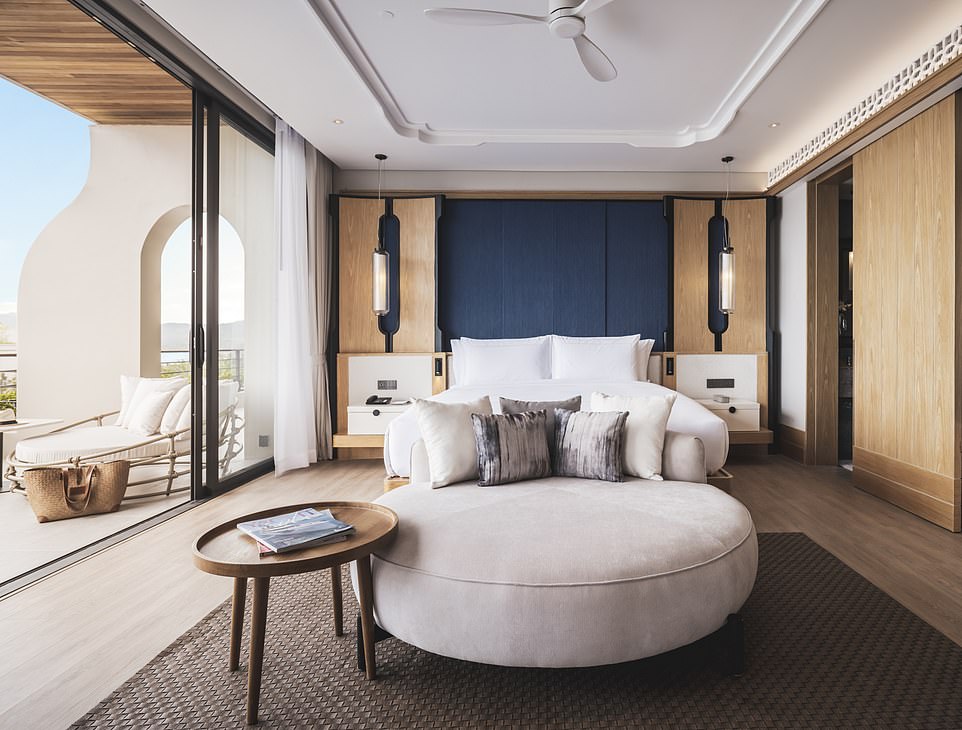

The hotel was “designed to blend sensitively into the rolling coastal landscape”.
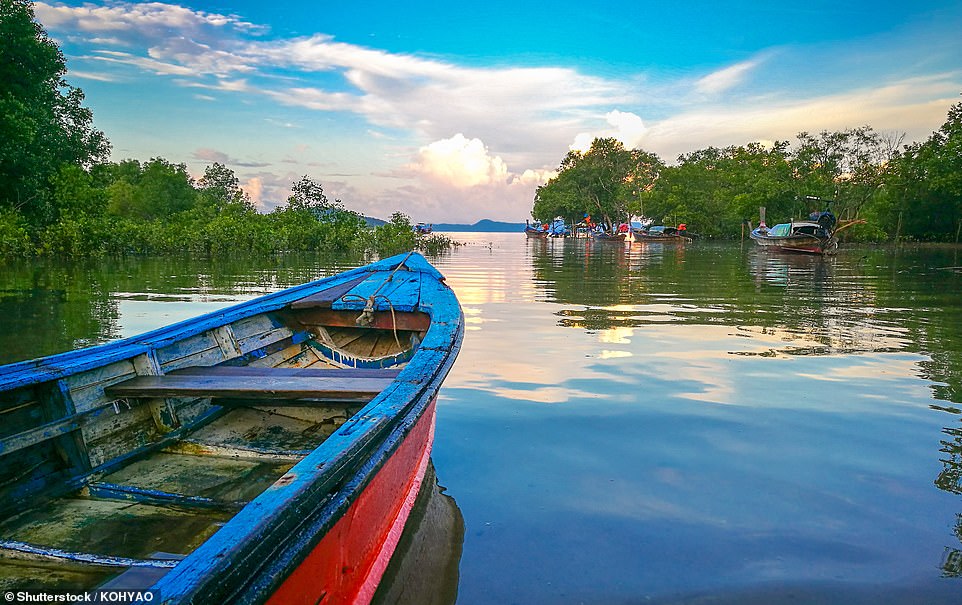

Fiona says you can visit the island’s mangroves to spot native hornbills or take a jungle hike
Until recently, accommodation options on the island were limited to a handful of budget and mid-range hotels and self-catering villas. But this year the island welcomed its first five-star hotel, the Anantara Koh Yao Yai.
While in some ways it’s a shame that progress is finally catching up with this wonderfully pristine island, the hotel has been designed to blend sensitively into the rolling coastal landscape – rather than standing out with bright lights and bling.
The resort has all the trappings of five-star luxury, from opulent villas with tropical showers to private pools, a hydrotherapy spa and vast, delicious beds of a totally different species from the palm mats I slept on there. 30 years ago.
A breakfast buffet is served in an airy lodge restaurant beside the free-form pool; lunch can be ordered on your deckchair on the sandy beach which overlooks a calm and clear sea; and in the evening you can choose to dine on local dishes, Japanese dishes or a barbecue. I was also quite relieved to see that the cocktails, wine and beer were flowing freely.
You could choose to stay put and relax at the Anantara, but that would be a shame. Our hotel guide, Jo, took us on two exciting tours around the island by mountain bike and jeep.
We drove along a quiet road, past farms, a few solitary water buffalo and flocks of monkeys looking down at us from garbage bins, past banana trees, palm trees and cashew trees to the beach. most spectacular of the island, Laem Haad. On this long strip of white sand and coconut palms, the only other people we saw were a sun-bleached French couple in their sixties, clearly having a good time during their adult gap year.
The hotel can also arrange jungle treks through the hinterland, kayaking through mangroves to spot native hornbills, and snorkeling and scuba diving excursions to nearby islands.
It is also worth trying traditional Thai cuisine. Jo took us to try some delicious banana-filled roti at an unassuming roadside stall, and in the evening we dined at the local outdoor restaurant Chill Chill @ Pai where we both enjoyed a Thai green curry sensational loaded with seafood and a round of cocktails for less than £20 ($25.12).
This French couple clearly had the right idea. How wonderful to relive the experience of a gap year, with all the adventure, culture and thrills of youth, but with proper beds, air conditioning and no bugs. Better yet, to do it somewhere still wild and naturally beautiful – and without a single party boat in sight.
